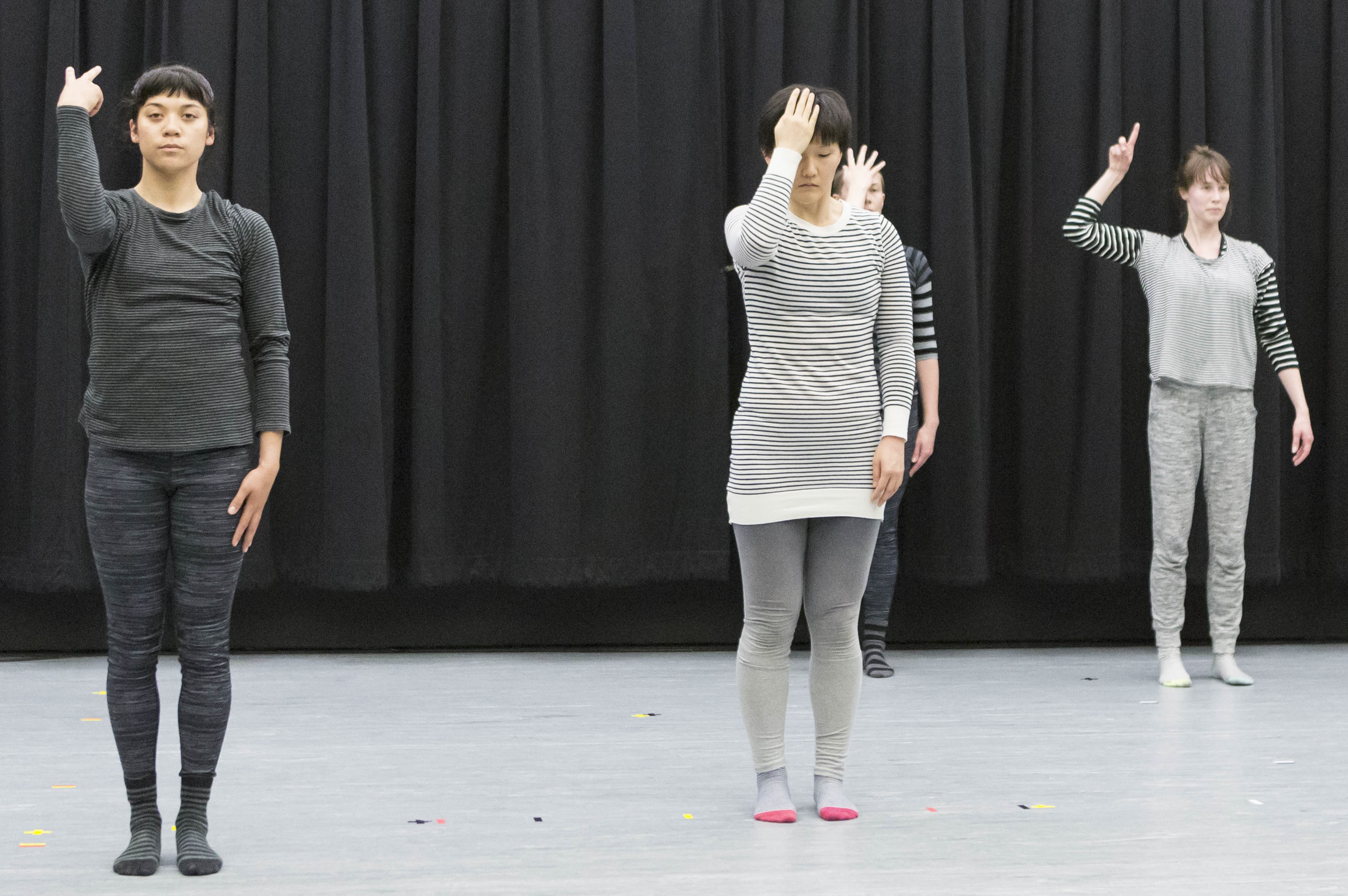The Chicago Dancemakers Forum (CDF) Lab Artist grant is a coveted prize for any choreographer, yielding some of Chicago’s best works. Since its inception in 2003, the organization lead by Ginger Farley has sponsored nearly 50 artists, each given a significant chunk of change to produce one work.
Over the years, artists have allocated their grants in different ways. Some invest in production, knowing that they might never see this kind of money again for one dance. Others invest in people, be that dancers or collaborators in other media, or in upgraded rehearsal or performance space. In any case, a CDF grant is an opportunity to let your imagination run a little bit wild, unencumbered by the cost of things (although, 15 grand can go pretty quickly).
Not unlike Goldilocks finding her way among choices in porridge, some catch a CDF grant too early in their careers – some too late. But sometimes, the Lab artists are awarded the grant at just the right time, and from my point of view, that appears to be the case for Ginger Krebs.

I caught an open rehearsal of Krebs’ work-in-progress Buffer Overrun a couple months ago at the Cultural Center, and didn’t immediately recognize the work as hers. Previous experiences with Krebs, who draws influence from performance art and Butoh, have been chaotic and ridiculous (these are compliments); Buffer Overrun, in contrast, is wonderfully restrained, and a really satisfying experience. In its current iteration, dancers Sabrina Baranda, Elise Cowin, Joanna Furnans and Mary Wu take the audience on a journey of tight mathematical flocking patterns and carefully composed gestures in canon. The work is treated with a delicate hand, and the patience of Rosas danst Rosas.
As Krebs continues to mold the piece over a long process period, production elements will include a raked stage built into the Storefront Theater and original sound produced live by Joseph Kramer. “[The raked stage] makes the dancers’ connection to the ground feel ‘broken’ in a way that’s relevant to the themes and the degree of abstraction in the project, and it’s giving us a lot to experiment with re: gravity and spatial disorientation.We’ll experiment with tech and with different ‘landscape’ configurations for the piece that could support extended durations,” she said in an e-mail communication.
It remains to be seen what will happen to Buffer Overrun between now and its Feb. 4-6 premiere at the Storefront Theater. In the meantime, Krebs has opened her process to us through periodic work-in-progress open rehearsals. You can catch one TONIGHT, the first to happen on her tilted floor, at the Storefront Theater at 8:00pm.
